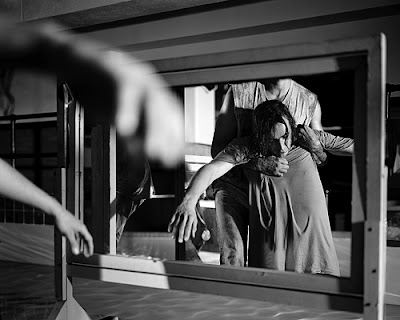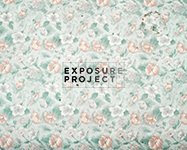The new auctions include a curated selection of works of art by promising emerging talent. The auction is a showcase before an audience of collectors, dealers, museum professionals and gallery owners. To ensure equal and fair representation all works are presented with reserves set at $200.
iGavel is an international network of fine art and antiques professionals with Consignment Centers conveniently located in many major metropolitan areas. Our regional network enables consignors to minimize handling and shipping expenses while reaching an international marketplace of buyers.
Submissions will be accepted on a rolling basis. To submit you must meet the following requirements:
- Undergraduate student works will not be accepted
- All mediums are welcome besides installation works
- Artists cannot have gallery or commercial representation
- Some prior exhibition or publication experience is required
To submit, please fill out this form. Submit one image per work. Images must be at least 800 pixels on the longest side, jpeg saved for web, below 200kb in size, and SRGB color space. Each artist will be required to sign a contract with iGavel. Artists receive a 50% commission on all sold works. Shipping of accepted works to iGavel or the iGavel Associate is the responsibility of the artist, and the return shipment if not sold. After your submission is received, you will be contacted by email.
The first Emerging Artist Auction is slated to launch in early 2010.
Inquiries:
Alana Celii: alana@igavel.com
or
Daniel Cooney: dan@danielcooneyfineart.com


































